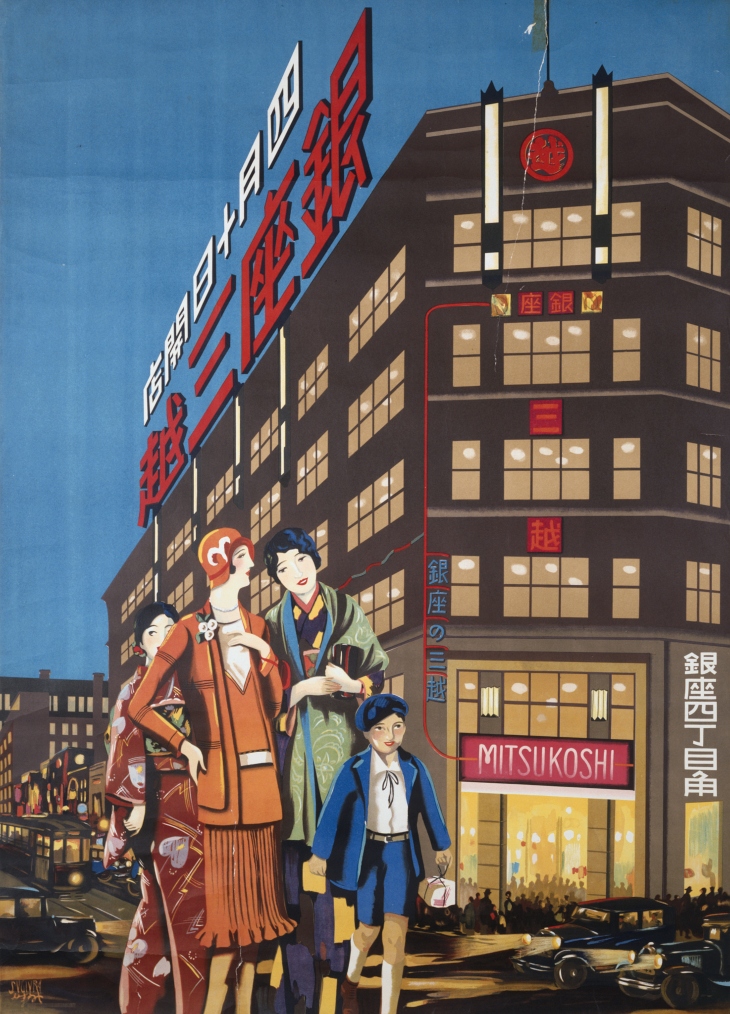The Japanese capital has changed somewhat since the Tokugawa shoguns made the former fishing village their headquarters in 1603. By the 18th century Edo, as it was then called, had taken over Kyoto as the country’s cultural centre, and has since been home to many generations of artists who have responded to their environment in their work. Ranging from 17th-century painted travel guides to manga and from 19th-century woodblock prints to photographs, this show (until 3 January 2022) explores how Tokyo has seen itself through time. Find out more from the Ashmolean’s website.
Preview below | View Apollo’s Art Diary here
Good Evening Sumida River (1993), Sugiyama Mototsugu. Ashmolean Museum, Oxford. Photo: © Sugiyama Mototsugu

Edo Castle from the Record of Famous Sights of the Tokaido Road (late 17th century), Tosa school. Ashmolean Museum, Oxford

Subway from the series One Hundred New Views of Tokyo (1931), Maekawa Senpan. Ashmolean Museum, Oxford

Ginza Branch Open on April 10 (1930), Sugiura Hisui. Tokyo National Museum of Modern Art. Photo: Arrow Art Works, 2000

Doll Festival (1966), Shinohara Ushio. Ashmolean Museum, Oxford. Photo: © Ushio and Noriko Shinohara




